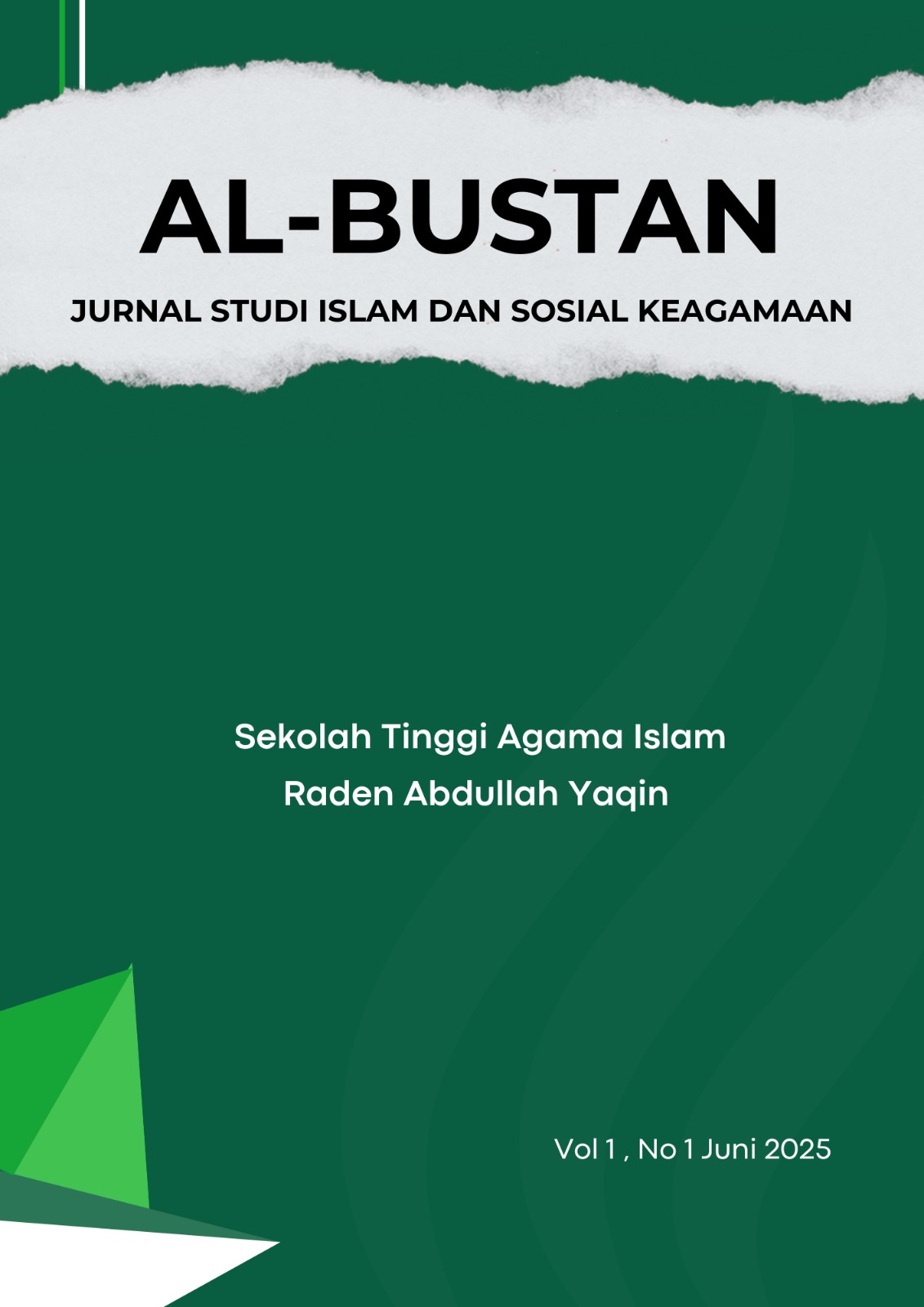Reimagining Nationalism Through Islamic Education: The Political Pedagogy of Kiai Wahab Hasbullah
DOI:
https://doi.org/10.2024/qeset450Keywords:
Education, Nationalism, Kiai Abdul Wahab Hasbullah.Abstract
This study examines the political pedagogy of Kiai Wahab Hasbullah, which asserts the compatibility between nationalism and Islamic teachings. Through his ideas, the values of patriotism, unity, and social responsibility are positioned as an integral part of Islam. This concept was realized in an educational system acceptable to both Islamist and nationalist circles, pioneered through Nahdlatul Wathan, the precursor to Nahdlatul Ulama. Using a qualitative library research approach and John Obert Voll's theory of continuity and change, this research analyzes how traditional Islamic values were simultaneously preserved and adapted to the demands of modern nationalism. The findings show that Kiai Wahab Hasbullah's educational concept successfully became a foundation for national consciousness among Muslims and the youth by instilling patriotism, moderate religiosity, and a spirit of struggle within an Indonesian framework. His thought demonstrates that education is a primary pillar of nation-building, serving not only as a tool of resistance against colonialism but also as a long-term strategy for giving substance to independence. This concept represents a significant contribution to the study of contemporary Islamic education.
Downloads
Downloads
Published
Issue
Section
License
Copyright (c) 2025 Al-Bustan

This work is licensed under a Creative Commons Attribution-NonCommercial-ShareAlike 4.0 International License.



